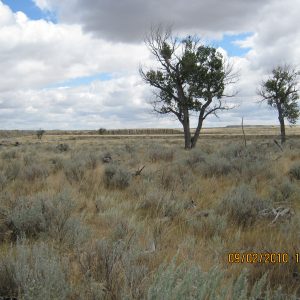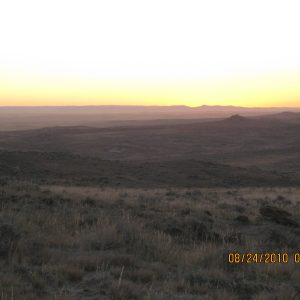I began in Grand Junction, CO in early June, without any inkling of the subtle adventure I entered.
I started in what was a very arid and desolate landscape full of cheatgrass and halogeton. Despite the lack of vegetation, heat and the invasive plants I found much beauty. Now I know that the lack of vegetation, stark landscape, and oh yeah and the basalt rock flung everywhere from an ancient volcano, would put most thoughts of beauty out of a sane persons mind. But, fortunately I may not be sane (entirely). There is beauty here but it requires some attention in the beholder, a willingness to see. The flowers were there and they were beautiful but required you to stop and look closely, not casually glance. With closer attention, the plants in this place revealed something of the incredible strategies evolution had given them, over vast time, in order to survive these harsh soils with very little precipitation. But they could find life where few other things survived.
No less incredible ,of course, is the the myriad of adaptations in other ecosystems. But in the desert, what there is to see is perhaps more hidden, so the finding was perhaps more fulfilling.
I am very fortunate that I was able to also work in very different areas. Perspective can be an incredible teacher. Grand Junction offers an tremendous range of habitat, the valley floor, where the city is, lies at about 4600 ft, Grand Mesa whose top is within only 25 miles away, towers above it at 10500 ft, spanning 60 miles.
The change in vegetation as you travel up the mesa is staggering. The desert yields to sage parks, then Pinyon/Juniper woodlands, then oak brush, then Aspen and Fir woodlands surrounding the Grand Mesa’s has 100+ lakes. The diversity and yet similarity of plant life between these 2 areas is beyond my understanding, and yet I seek to know it (not only form a book). So the question arises what is my place in this self sustaining wonder in which I can only attempt to understand.
Jason Reynolds
BLM Grand Junction, CO


















